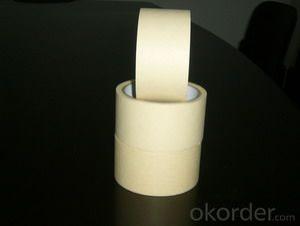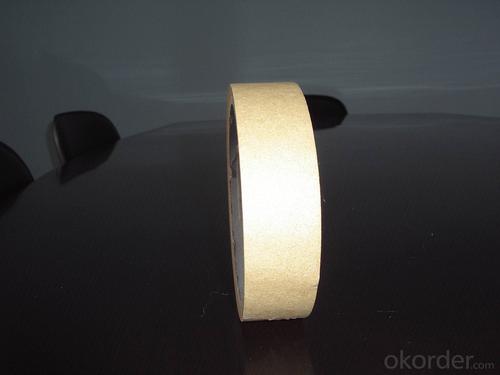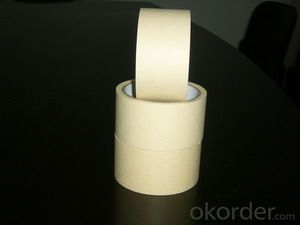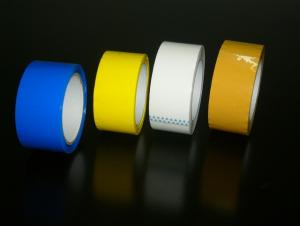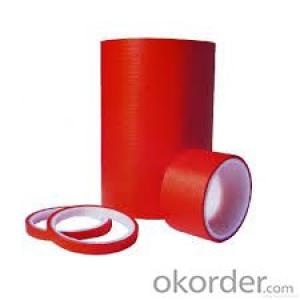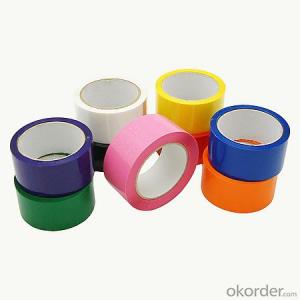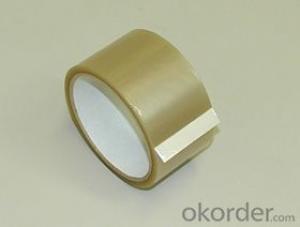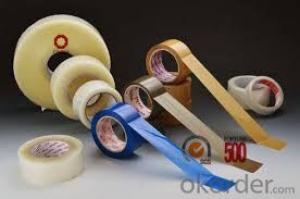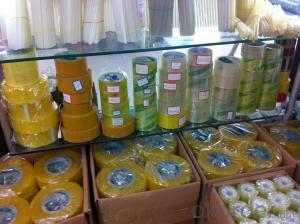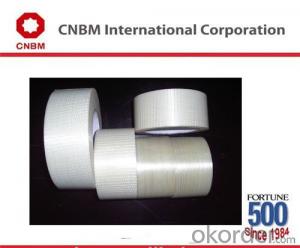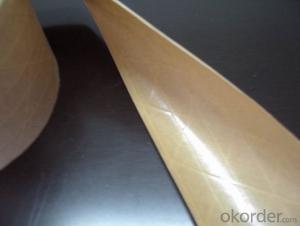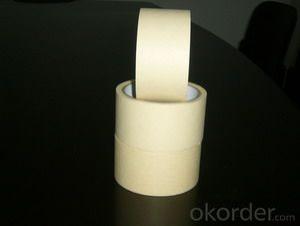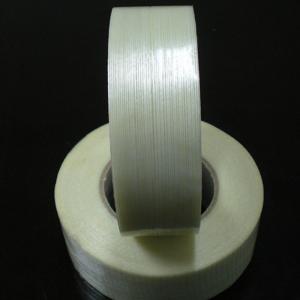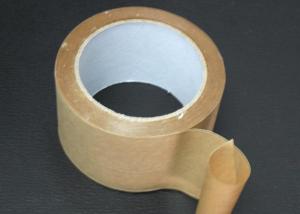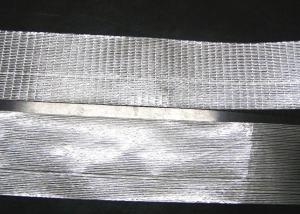Crepe Paper Masking Tape for Audio Cassette Tape Packaging in China
- Loading Port:
- China main port
- Payment Terms:
- TT OR LC
- Min Order Qty:
- 10000 roll
- Supply Capability:
- 200000 roll/month
OKorder Service Pledge
OKorder Financial Service
You Might Also Like
Application of Masking Tape Made of Crepe Paper in China
Interior paint masking, silk screening, Light duty packaging, bundling, holding, splicing &Tabbing, and other non-critical applications where a pressure-sensitive tape is needed.
Size of Masking Tape Made of Crepe Paper in China
Paper Core ID: 76mm
Jumbo size: 0.99m x 1800m, 1.22m x 1800m, 1.51m x 1800m
Cut roll size: As per customer's requirement
Cut rolls: Shrink package, placed in cartons, with or without pallet
Packing of Masking Tape Made of Crepe Paper in China
Jumbo rolls & log rolls: Packed with kraft paper and stretch wrap film, with or without pallet
Cut rolls: Shrink package, placed in cartons, with or without pallet
Jumbo rolls & log rolls: Packed with kraft paper and stretch wrap film, with or without pallet
Technical Data of Masking Tape for High Temperature Auto Painting
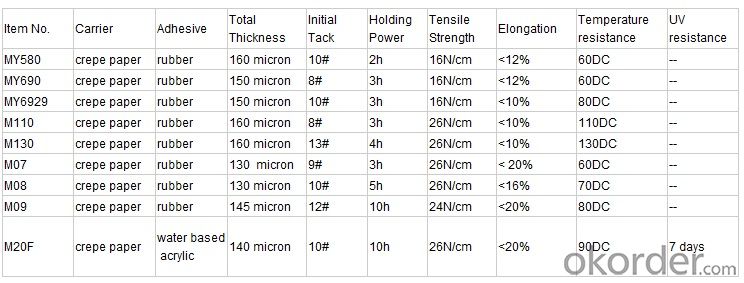
Picture Show of Masking Tape Made of Crepe Paper in China
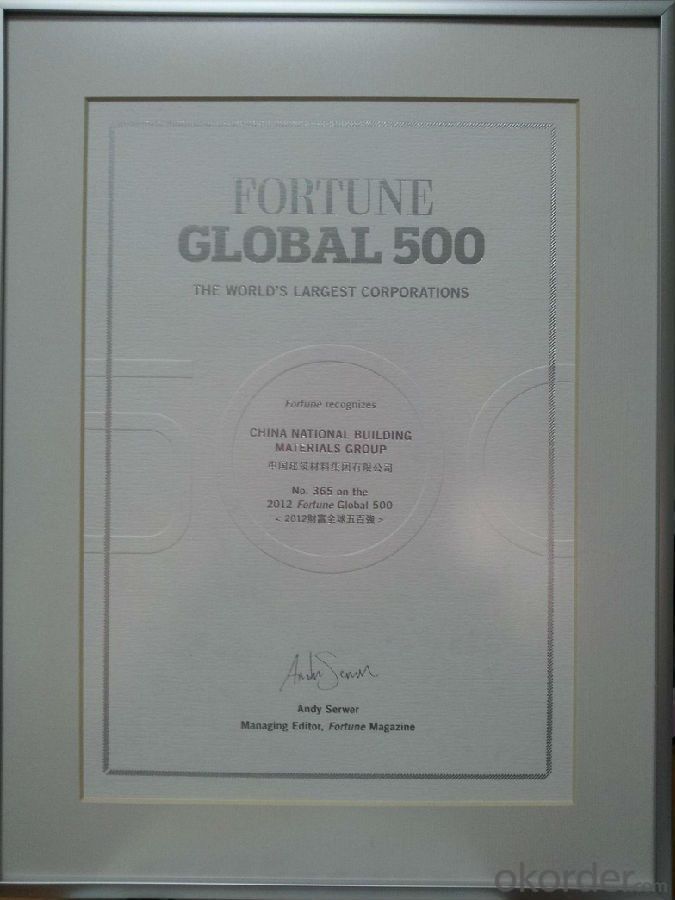
FAQ: What are your company advantages?
Company Advantages:
1. Stable financial status and sound reputation as a state invested corporation under the direct administration of the State Council of PRC;
2. CNBM’s world wide influence as one of the 500 global fortunes specializing in building materials including adhesive tapes;
3. More than a decade’s exporting experience and technology in adhesive tape industry;
4. Preferencial shipping channels, with a separate team dealing with shipping.
- Q: Is packaging tape suitable for sealing heavy boxes?
- Yes, packaging tape is suitable for sealing heavy boxes.
- Q: Does packaging tape come in different thicknesses for added durability?
- Yes, packaging tape does come in different thicknesses for added durability. The thickness of packaging tape is measured in mils, which refers to the thickness of the tape in thousandths of an inch. Common thicknesses for packaging tape range from 1.6 mils to 3.1 mils. Thicker tape is generally more durable and able to withstand heavy-duty applications. Thicker tapes are ideal for securing large or heavy packages, as they offer greater strength and tear resistance. Thinner tapes, on the other hand, may be suitable for lighter items or less demanding packaging needs. Thus, the availability of different thicknesses in packaging tape allows users to choose the most appropriate tape for their specific durability requirements.
- Q: What are the advantages of using packaging tape over other sealing methods?
- One advantage of using packaging tape over other sealing methods is its versatility. Packaging tape can be used to seal a wide variety of materials, such as cardboard boxes, plastic bags, and envelopes. It provides a strong and secure seal that can withstand the rigors of shipping and handling. Additionally, packaging tape is easy to use, requiring minimal effort and time for application. It is also cost-effective, as a small amount of tape can go a long way in sealing multiple packages. Lastly, packaging tape is often available in different sizes, colors, and strengths, allowing for customization and meeting specific packaging needs.
- Q: Can packaging tape be used for sealing household or kitchen items?
- Certainly! Packaging tape is indeed suitable for sealing household or kitchen items. With its versatility as an adhesive tape, it is widely employed for sealing cardboard boxes. However, it can also serve the purpose of sealing numerous items found in the household or kitchen. Whether you require sealing food containers, plastic bags, or even small appliances, packaging tape guarantees a robust and reliable seal. To optimize its adhesive strength, it is crucial to ensure that the surface is both clean and dry prior to applying the tape.
- Q: Can packaging tape be used for sealing packages with delicate fabrics or clothing?
- Yes, packaging tape can be used for sealing packages with delicate fabrics or clothing. However, it is important to exercise caution and take certain precautions to protect the delicate items. Here are a few tips to ensure safe packaging: 1. Use a wide, clear packaging tape: Opt for a wide tape that allows for a larger surface area of adhesion. Clear tape is preferable as it reduces the risk of leaving any visible residue or marks on the fabric. 2. Double-layer the tape: Apply two layers of packaging tape to provide extra strength and security to the package. This will help prevent the tape from accidentally peeling off during transit. 3. Wrap the delicate items securely: Before sealing the package, make sure to wrap the delicate fabrics or clothing in a protective layer, such as tissue paper or bubble wrap. This additional layer will act as a buffer and safeguard the items from any potential damage caused by the tape. 4. Avoid excessive tension: While sealing the package, be careful not to pull too tightly on the tape. Applying excessive tension may cause the fabric to stretch or distort, potentially damaging the delicate item. 5. Consider alternative options: If the delicate item is particularly fragile or valuable, it may be worth considering alternative packaging materials, such as acid-free tissue paper or garment bags. These options provide even more protection and are specifically designed for preserving delicate fabrics and clothing. Ultimately, while packaging tape can be used for sealing packages with delicate fabrics or clothing, it is essential to handle the items with care and take appropriate measures to minimize any potential damage during the packaging process.
- Q: Can packaging tape be used for sealing packages with high-value contents?
- Indeed, packaging tape proves useful in sealing packages that contain valuable items. Designed with the specific purpose of ensuring the secure closure of packages, it offers protection against tampering, moisture, and transit-related harm. Possessing strength and durability, packaging tape usually boasts a resilient adhesive backing that guarantees a lasting seal. By employing packaging tape correctly, one can effectively safeguard packages that hold valuable contents, thereby guaranteeing their safe arrival. However, it is crucial to bear in mind supplementary security precautions, such as utilizing tamper-evident tape or incorporating additional layers of protection, depending on the worth and fragility of the items contained within.
- Q: Can packaging tape be printed with custom logos or designs?
- Yes, packaging tape can be printed with custom logos or designs. This allows businesses to personalize their packaging and promote their brand identity. Custom printed packaging tape can also serve as a marketing tool by creating a professional and eye-catching appearance for packages.
- Q: How does packaging tape perform on porous surfaces?
- Packaging tape generally does not perform well on porous surfaces. Porous surfaces such as cardboard, paper, or fabric tend to absorb the adhesive on the tape, resulting in a weak bond and reduced effectiveness. It is recommended to use alternative methods or specialized tapes specifically designed for porous surfaces to achieve better adhesion and secure packaging.
- Q: Is packaging tape easy to tear?
- Yes, packaging tape is designed to be easy to tear. It typically has a serrated edge or perforations that make it convenient to tear by hand without the need for any additional tools.
- Q: Does packaging tape come in different adhesion levels for various surfaces?
- Yes, packaging tape does come in different adhesion levels for various surfaces. There are different types of packaging tapes available in the market, each designed to adhere to specific surfaces. For example, there are packaging tapes with low adhesion levels that are ideal for delicate surfaces such as paper or cardboard, as they provide a secure bond without damaging the surface when removed. On the other hand, there are high adhesion packaging tapes that are specifically formulated for sticking to rough or uneven surfaces, such as plastic or metal. These tapes have a stronger adhesive to ensure a secure hold in challenging environments. Additionally, there are also packaging tapes with medium adhesion levels that are versatile and suitable for general-purpose usage on a variety of surfaces. The different adhesion levels allow users to choose the most appropriate packaging tape based on the specific surface they need to adhere to, ensuring optimal performance and reliability.
Send your message to us
Crepe Paper Masking Tape for Audio Cassette Tape Packaging in China
- Loading Port:
- China main port
- Payment Terms:
- TT OR LC
- Min Order Qty:
- 10000 roll
- Supply Capability:
- 200000 roll/month
OKorder Service Pledge
OKorder Financial Service
Similar products
Hot products
Hot Searches


